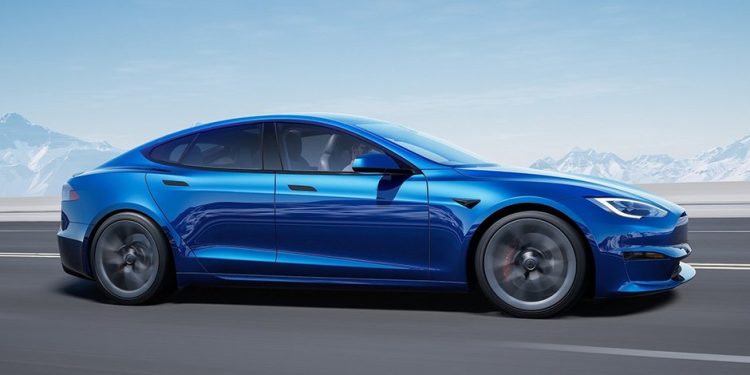Tesla Full Self Driving labelled ‘misleading and irresponsible’
Tesla’s semi-autonomous Full Self Driving (FSD) system is once again in hot water, following a firmly worded series of statements from the head of America’s National Transportation Safety Board, Jennifer Homendy.
Speaking to the Wall Street Journal, Homendy labelled the system “misleading and irresponsible”, adding that Tesla “has clearly misled numerous people to misuse and abuse technology”.
“Basic safety issues have to be addressed before they’re then expanding it to other city streets and other areas,” she added, referring to Tesla’s ongoing FSD expansion plans which have seen the system rolled out as an option to an increasing number of Tesla owners.
One of Homendy’s most interesting points in the interview is her reference to how Tesla customers pay more attention to marketing than they do what’s written in a car’s manual or what’s written on the manufacturer’s website. It’s worth noting that Tesla encourages those using FSD to keep their eyes on the road and maintain attention when the system is active.
Tesla has staunchly refrained from traditional marketing channels since its infancy. The brand claims to not spend any money on advertising, often touting that its marketing budget is a big fat zero.
The brand’s critics will argue that while it doesn’t spend money on traditional marketing, side-projects like the Boring Company’s flamethrower, Elon Musk’s frequent Twitter usage, and the brand’s referral programme (which it just phased out for all of its product except for solar panels) all qualify as marketing.
The NTSB’s harsh words come in the midst of a federal investigation into Tesla’s Autopilot system’s role in 11 crashes involving stationary emergency vehicles since 2018.
“Most incidents took place after dark and the crash scenes encountered included scene-control measures such as first-responder vehicle lights, flares, an illuminated arrow board and road cones,” said the National Highway Traffic Safety Association in a statement last month.
“The involved subject vehicles were all confirmed to have been engaged in either Autopilot or Traffic Aware Cruise Control during the approach to the crashes.”
The NHTSA is now poised to review the effectiveness of Autopilot, stating it will “assess the technologies and methods used to monitor, assist, and enforce the driver’s engagement with the dynamic driving task during Autopilot operation.”





